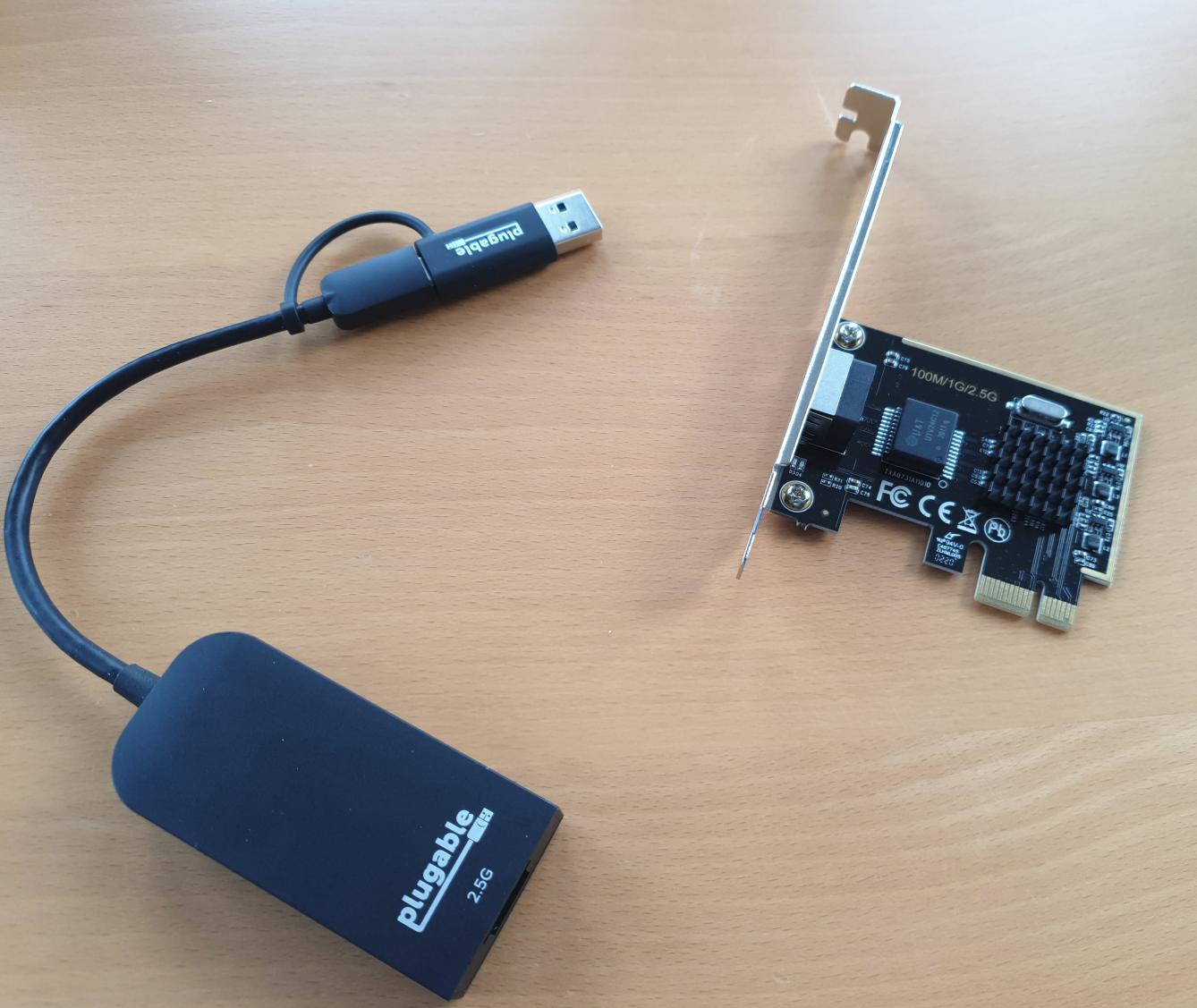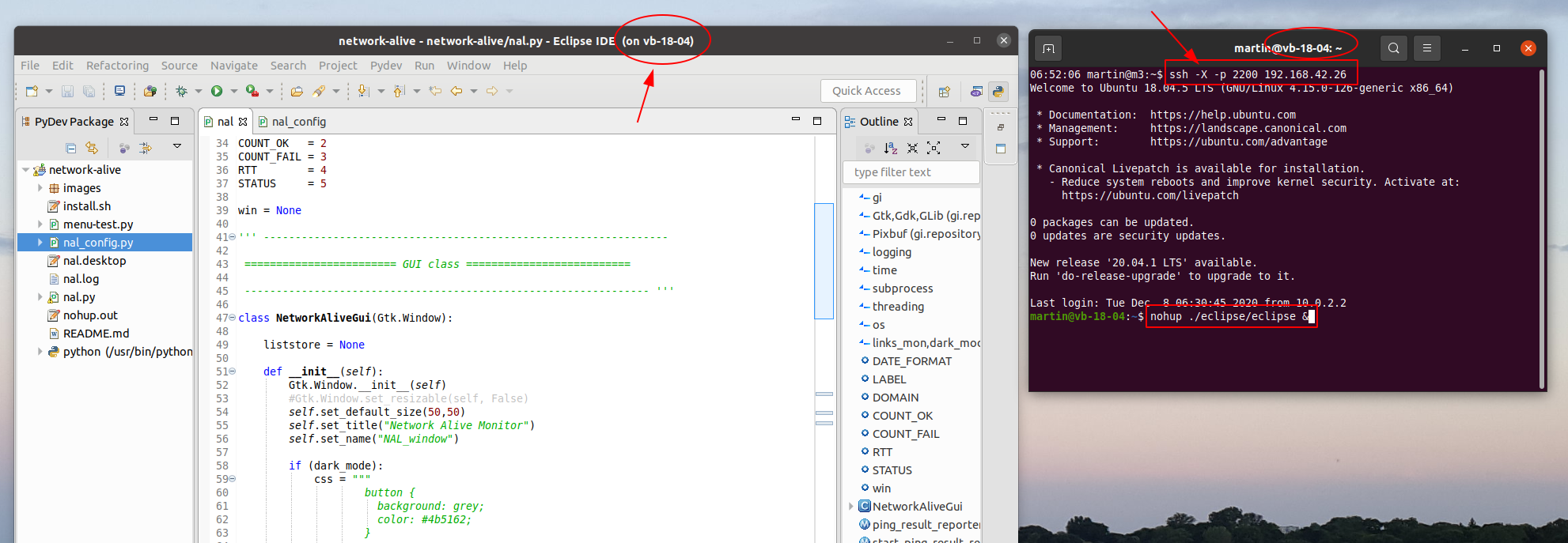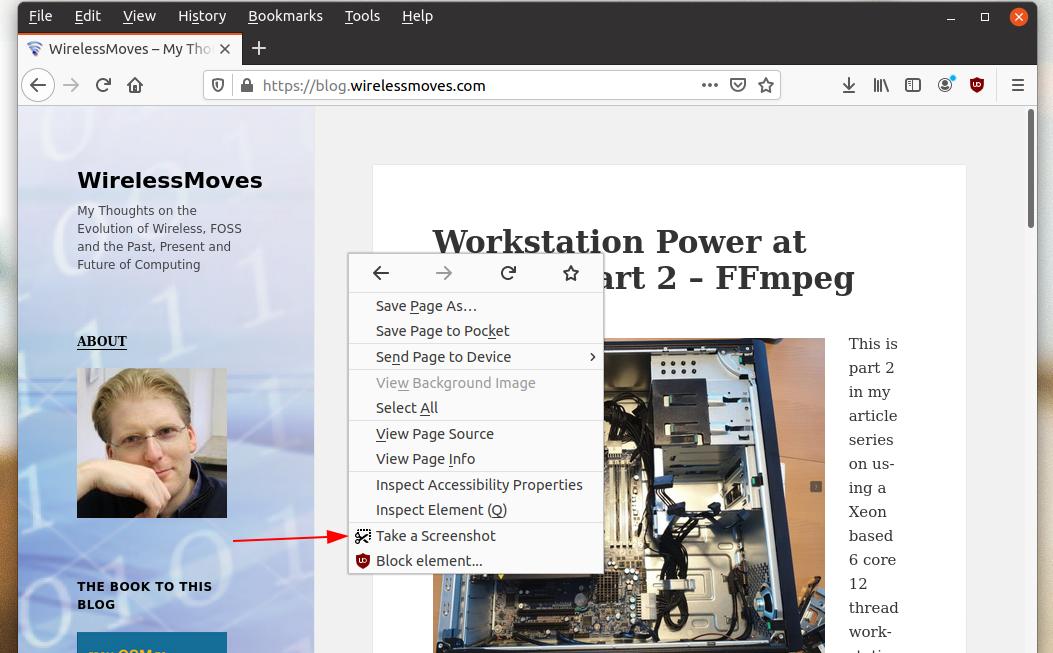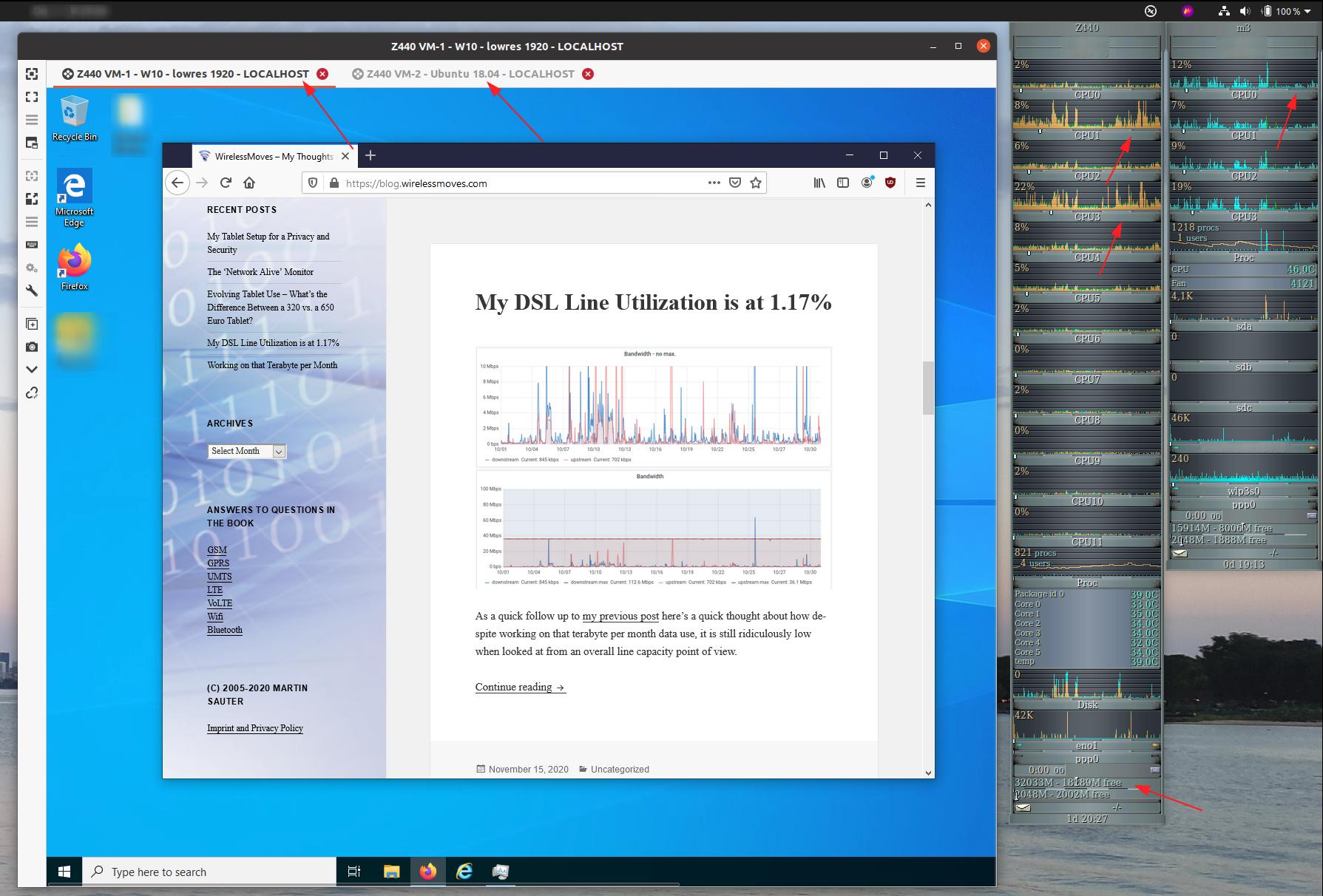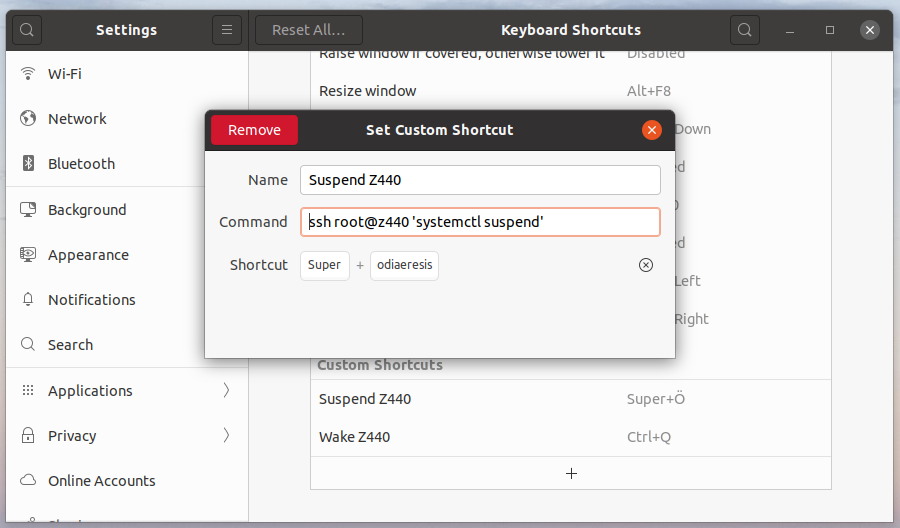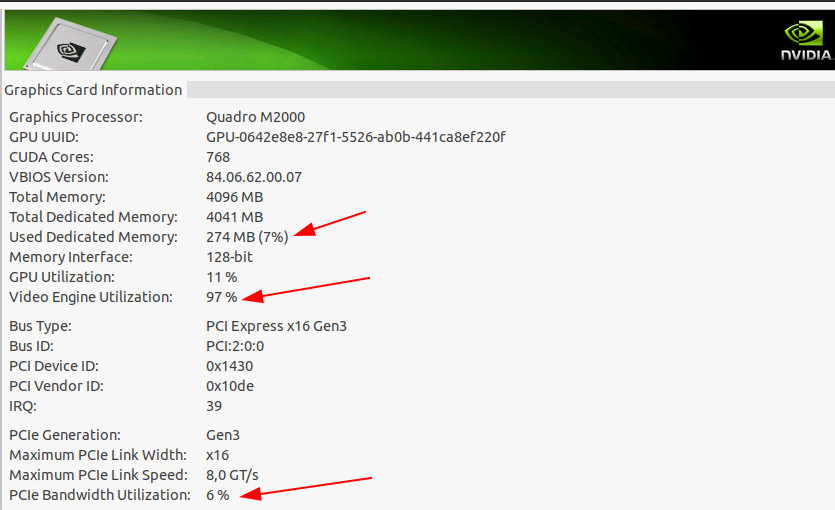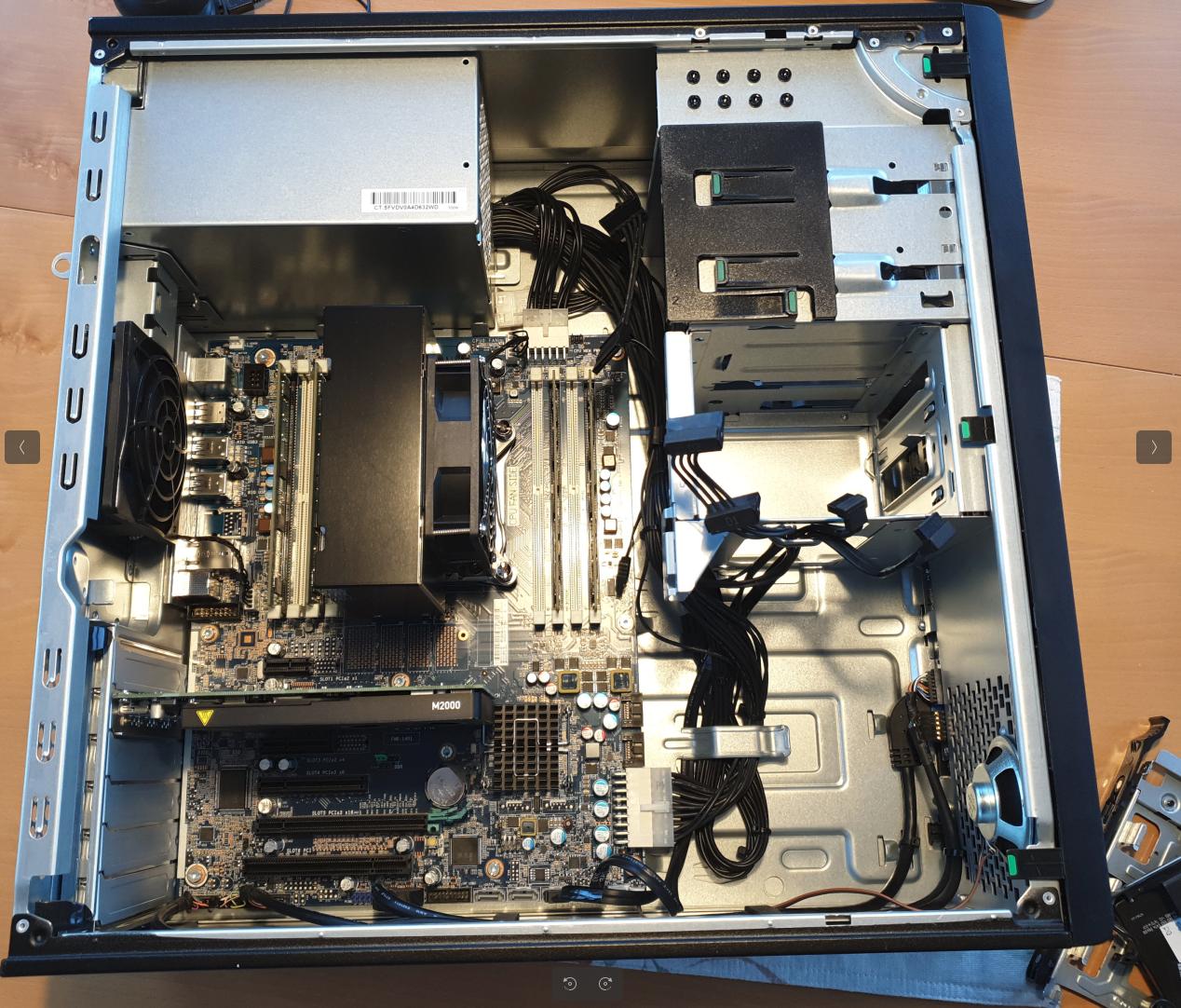I’m quite amazed I am already into part 8 in this series of exploring the limits of using a headless workstation as a ‘power booster’ next to my notebook. The next thing I have taken a closer look at is the connection between the notebook and the workstation, a 1 Gbit/s Ethernet link. That’s good enough for just about anything I want to do except when transferring large files. And mind you, when I say large, I don’t mean a couple of 100 MBs or even a gigabyte, that just works fine over such a link. But when transferring, say 100 GB, it does become a bottleneck. So something faster is necessary. How hard can it be, I thought, and was quite surprised by the answer.
Continue reading 2.5GbE Network Performance – Workstation Power at Home – Part 8
